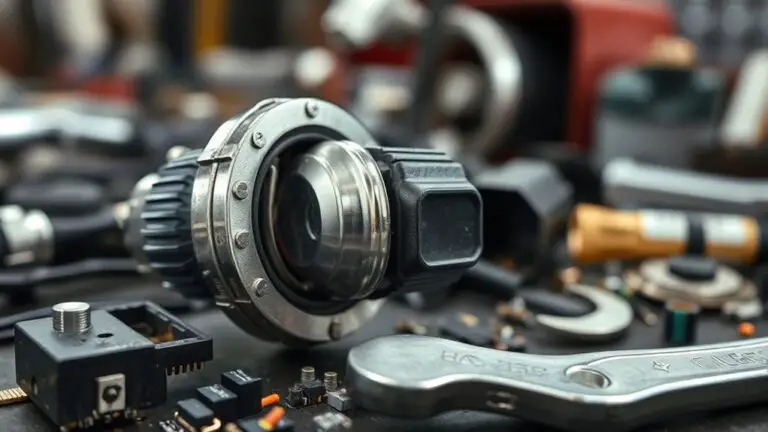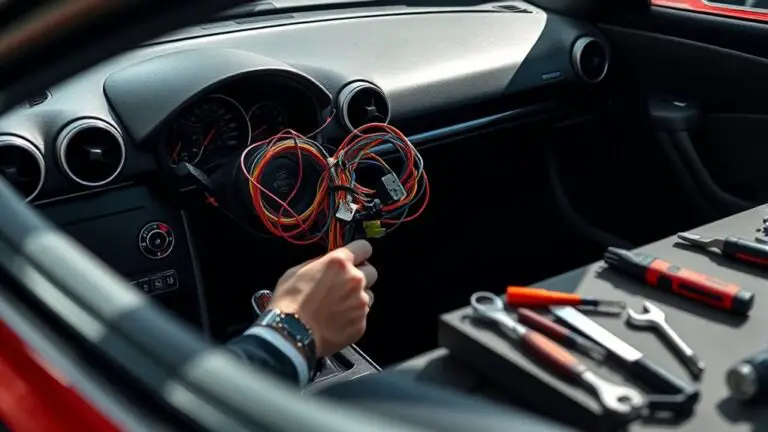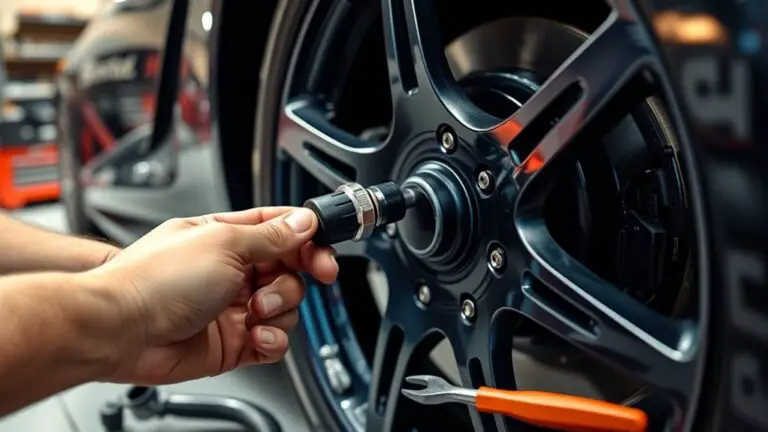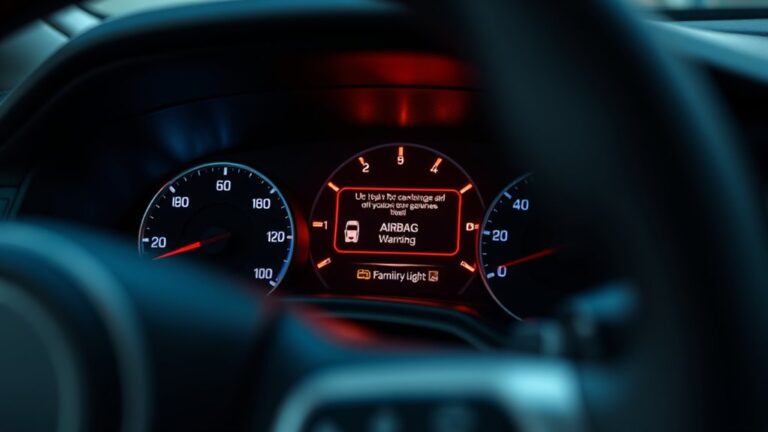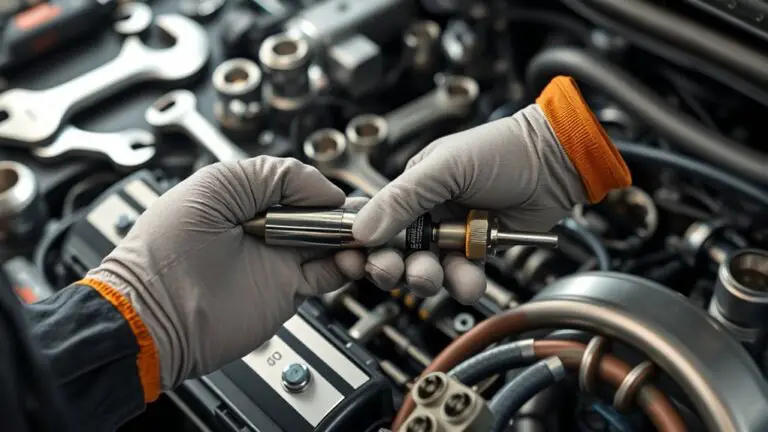When a Impact Sensor Failure Requires Module Replacement
When an impact sensor fault persists across multiple cycles, you should consider replacing the module only after confirming fault persistence, environmental factors, and compatibility. Start with a controlled fault reproduction, record timestamps and error codes, and verify sensor calibration against specs. Check wiring integrity and run baseline comparisons to rule out glitches. If the fault…

